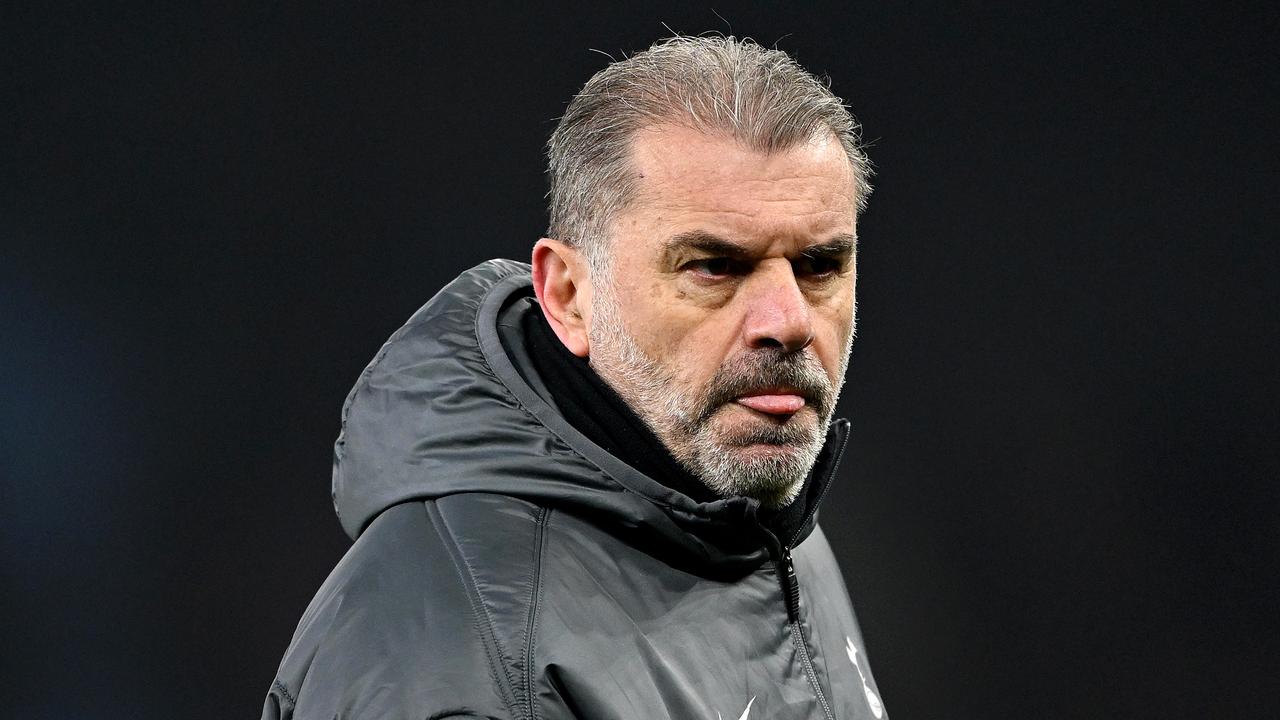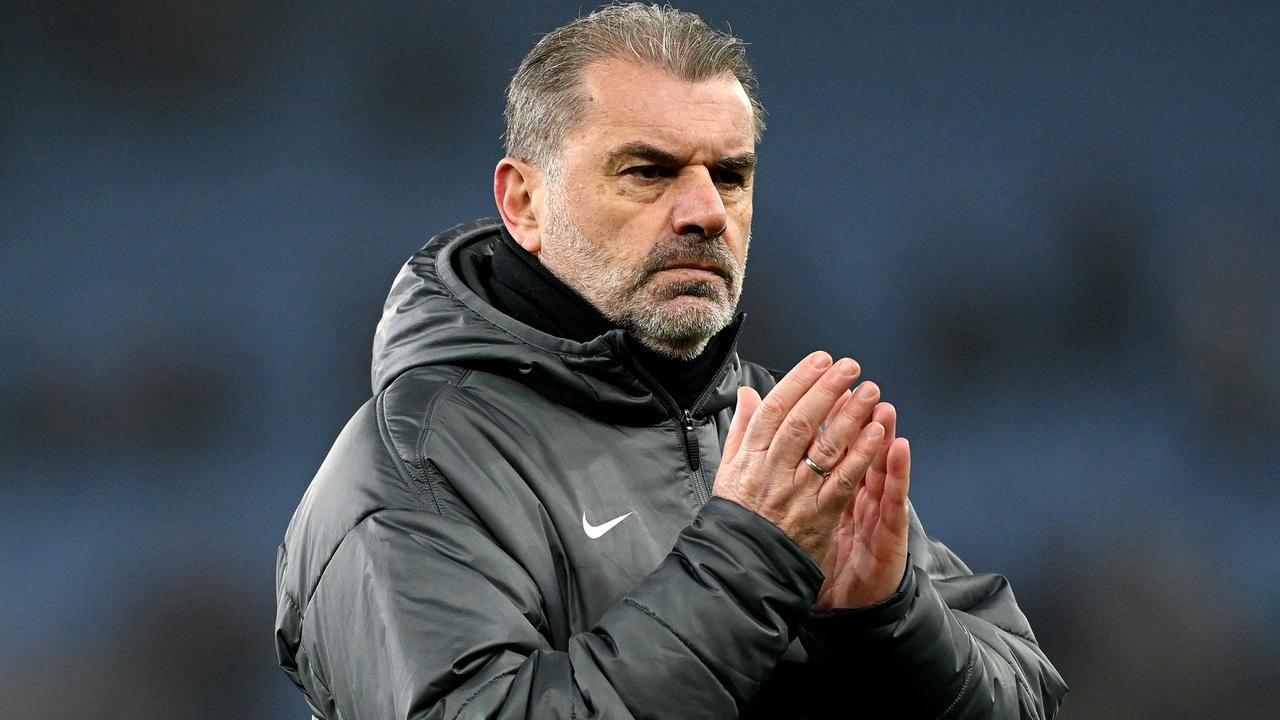Australia must re-open Centre of Excellence, says Robbie Slater
Australia is battling at junior level because players lack proper competition and there’s a shortage of cash. Former Socceroo Robbie Slater has a solution:
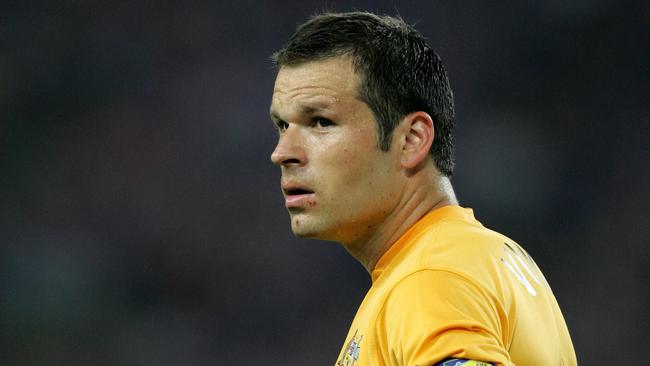
Football
Don't miss out on the headlines from Football. Followed categories will be added to My News.
There are myriad theories for the reasons behind this country’s problems with football development.
Lack of funds, limited pathways and exorbitant registration prices all contribute to a decline highlighted through the Socceroos’ Asian Cup quarter-final exit.
In my mind the there are two main issues: geography and money.
Australia’s location in the world is one of the largest factors killing our chances at producing the next golden generation.
It’s why the Olyroos haven’t qualified for an Olympics since 2008, and why the Under-17s and Under-20s missed out on their respective World Cups.
Because for kids growing up in this country it doesn’t matter if you played at Manly or Marconi, there’s only a finite amount of opposition available.
Let’s look at European leaders like England, France, Germany, Spain and Italy. All within a short flight from each other and all offering consistent high-quality opposition for kids coming through the ranks.
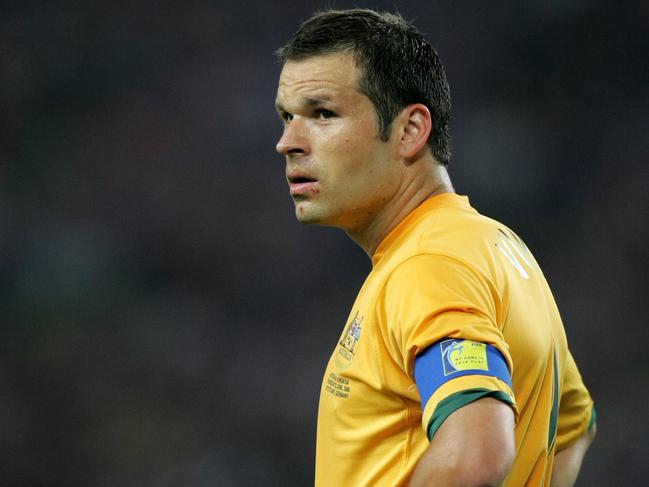
Manchester United academy youngster are playing their counterparts at Tottenham, future Arsenal stars are facing those at Chelsea, and so on.
On top of that, every summer the Premier League International Cup offers Under-23 players in England academies the chance to match themselves against other elite European footballers from their age group in a competitive environment.
These kids are playing against the top European clubs at a standard that breeds success at international level.
Compare that to Australia where our youngsters play against local teams, and we simply have no chance.
Take the Western Sydney Wanderers academy, still in their infancy but leading the way on youth development.
Technical director Ian Crook has some of the best prospects there, yet given where we are in the world their best opposition is Mount Druitt. What did they get out of that? Not a hell of a lot.
Last year they were invited to compete at the 2018 Guangzhou International Championship, an Under-17 tournament, and lined up against clubs including Palmeiras, Villarreal and Dynamo Kiev. Crooks said the difference in their learning experience was eye-opening.
That the tournament’s organisers Guanghzhou Evergrande could afford to invite the Wanderers to travel highlights the other uphill battle.
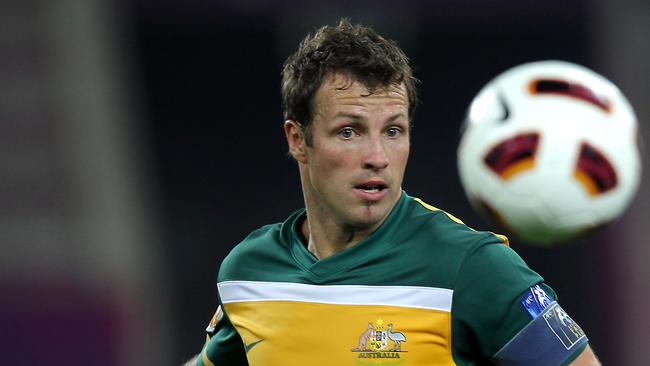
While countries in Asia also struggle with a geography problem, many at least have the money to travel regularly.
Our move from Oceania to Asia has been fantastic for the Socceroos but it has hurt our younger teams big time because the competition is stiffer and the financial discrepancy wider.
To help offset these geography and financial problems we must re-open the Centre of Excellence. It works. That’s been proven in the past and it can be again in the future.
Qatar just won the Asian Cup on the back of their Aspire Academy. It’s an example we should follow.
The CoE was once the cornerstone of our elite pathway, producing many of the Socceroos’ golden generation such as Mark Viduka, Lucas Neill, Mark Bresciano and John Aloisi.
When Football Federation Australia shut it down it eliminated that sole centralised pathway, and it now falls to clubs, schools and private academies to fill in the gaps.
In a sense we now rely on the individual to go and make it on his own. The result is none of our international youth teams are qualifying for Olympics or World Cups.
Right now our Olyroos are preparing for crucial Olympic qualifiers. It’s a team lacking – through no fault of their own – consistent elite opposition.
If we qualify we are exceeding expectations. Hopefully this is a reality fans can understand.
Of course, it’s not all doom and gloom. The game is in a much better position than it was 15 years ago. But to solve these issues we must be unified, people must pull in the same direction.
Yes, we need an independent A-League, but we must also maintain a link to FFA and national teams.
And the A-League should be celebrated – it’s a good competition. Why not just accept it will never be one of the big five leagues, and that’s okay.
Enjoy it for what it is and sign more marquees to follow in the footsteps of the MLS and Asia.

